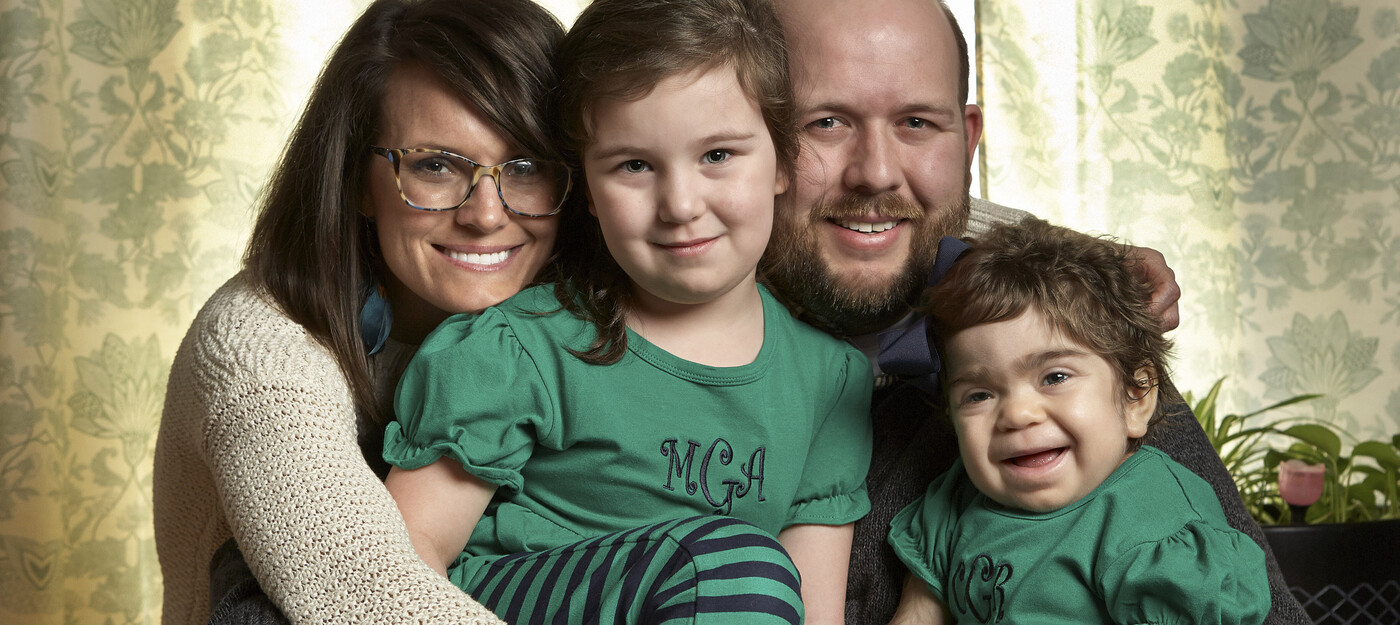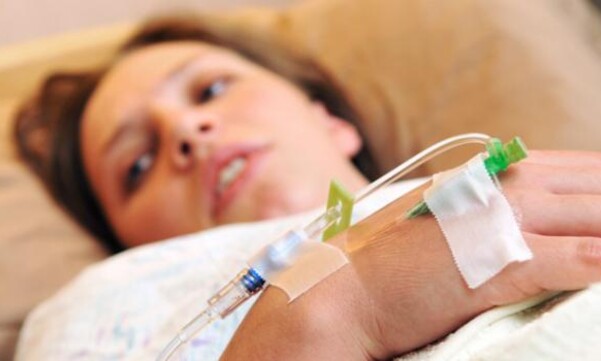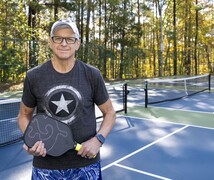A rare genetic disorder threatened Charlee Rae Gribble’s life. Then a stem cell transplant at Duke Children’s Hospital gave her family a reason to look forward.
A Serious Diagnosis
Charlee Rae was just a few months old when her parents noticed troubling symptoms, including terrible nasal congestion, a rounded spine, and an unusually flat nose. The Gribbles, who live in Spartanburg, SC, took her to a variety of doctors in search of answers.
Finally, they got a diagnosis: Charlee Rae had Hurler syndrome, an inherited disease in which the body doesn’t make a substance it needs to break down long chains of sugar molecules. When those molecules build up, they can damage the heart and other organs.
Stem Cell Transplant Offers Best Chance for Long, Healthy Life
The family was referred to Vinod K. Prasad, MD, a pediatric stem cell transplant specialist at Duke. “He told us that Charlee Rae had the severe form of the condition and, if not treated, her life expectancy would be less than ten years,” said Jessica Gribble, Charlee Rae’s mother. “My husband and I lost it. I was holding Charlee, and I thought, I don’t want 10 years. I want more than that.”
Prasad explained that a stem cell transplant using cord blood was Charlee Rae’s best chance for a long and healthy life. Stem cells can grow into different types of specialized cells the body needs. Cord blood -- blood saved from the umbilical cords of babies after they are born -- is rich in stem cells.
Family Prepares for the Stem Cell Transplant Journey
The Gribbles seized the opportunity. Jessica, a middle school science teacher, arranged to take a year off to care for Charlee Rae and her other daughter, four-year-old Mali. The Carolinas Cord Blood Bank, a not-for-profit public bank that is part of Duke, found a stem cell match for Charlee Rae from donor cord blood. A foundation started by the family of a previous Duke stem cell transplant patient provided the Gribbles an apartment near Duke, free of charge, to live in during Charlee Rae’s treatment.
To prepare her body to accept the new stem cells, Charlee Rae endured high-dose chemotherapy that wiped out her immune system. She took powerful medication to keep her body from rejecting the transplanted cells. She also qualified for a clinical trial of a new medication to help her body accept the donor cells more quickly.
“Then we braced ourselves,” said Jessica. “It was hard, because there was nothing else we could do. But she was in God’s hands and at the best medical facility. I just asked the doctors, ‘Save her.’”
A Syringe of Life-Saving Stem Cells
On July 16, 2015, Charlee Rae was ready to receive her new stem cells. “They brought in a syringe of donor cells and I said, ‘Is that it?’ I thought it would be a big bag,” said Jessica.
“Charlee slept through the whole thing. In an hour, we were done.”
When Charlee woke up, she was happy and full of energy, her mom recalled, laughing. “I asked them what they put in that syringe!”
Healthy New Cells Are a Sign of Success
In just two weeks, the transplanted cells started producing new, healthy cells. However, in the weeks that followed, the Gribbles watched Charlee’s white blood count go up and down. She was tired and battled fevers and side effects of chemotherapy, including pain and hair loss. “She started on her way back up after seven weeks,” said Jessica.
After months in their home-away-from-home, Prasad told the family it was time to go to their real home, for good. “Charlee Rae’s recovery after transplant was very quick, and her resilience is amazing,” said Prasad. “I was truly thrilled how quickly her immune system recovered. Transplantation has opened doors to a long life for many children with rare and fatal diseases.”
Stem Cell Results Bring a Brighter Future
Today, Charlee Rae is healthy and happy. Jessica said her daughter’s future physical development might not be on par with that of her peers, but her intellectual development is right where it should be.
For example, she’s learning sign language by watching her parents, who are both deaf and even makes up her own signs to communicate. “When I give her Pediasure,” explained Jessica, “I shake the bottle first. So now when Charlee wants her Pediasure, she makes a shaking motion with her hand. She’s very smart. I think she’ll be just fine.”





